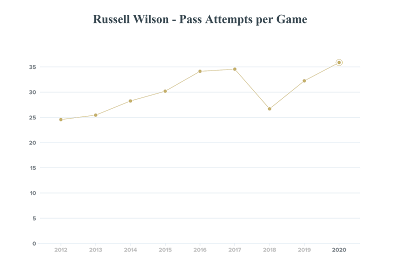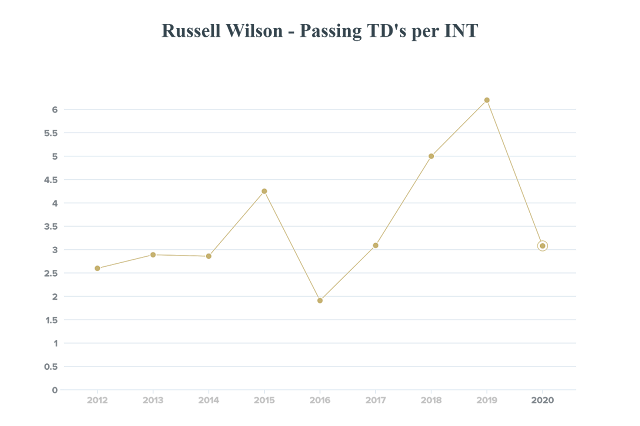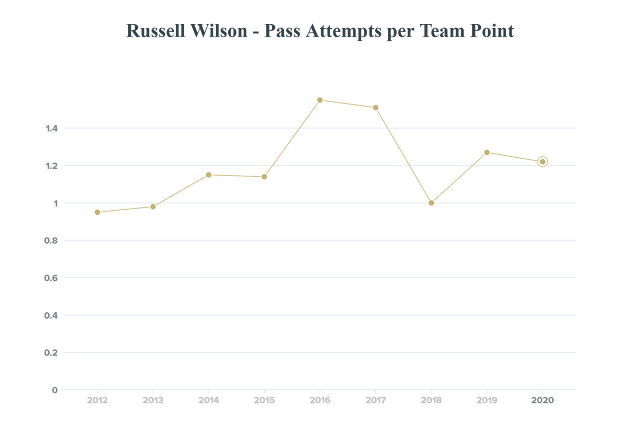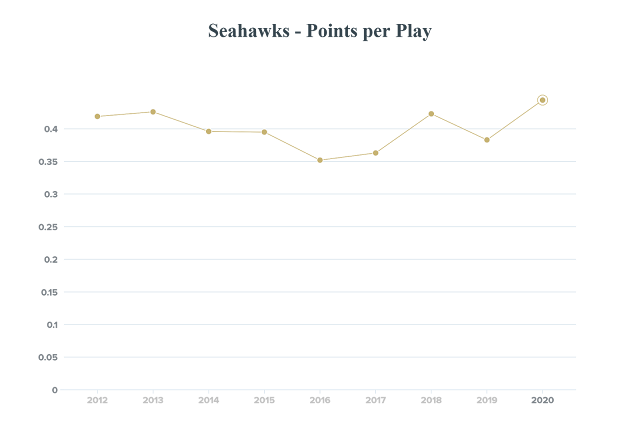Through the 2010, 2011, and 2012 draft classes, the Seahawks built an empire.
At least half of these can be classified as successes, and the "bust rate" is well under 50%.
2010
Even players who didn't make the Pro Bowl were impactful: Golden Tate, Walter Thurmond, James Carpenter, Malcolm Smith, Bruce Irvin, Robert Turbin, Jeremy Lane, JR Sweezy, and many more drafted and undrafted players during this time frame started games and had successful stints with the Hawks.
One notable caveat: the Seahawks had earlier picks during these years, as well as multiple 1sts.
Then something changed.
From 2013-2018, the Seahawks' empire stagnated.
2013
This is the make or break year for the 2018 Seahawks draft. Unlikely to be great, but Rasheem Green and Will Dissly could do it if they have great years.
— Brian Nemhauser (@hawkblogger) September 13, 2021
Rashaad Penny can't really be a good pick at this point. Tre Flowers could redeem himself. Dickson great. Jamarco solid.
The 2013 draft produced Willson as a consistent contributor... and that's about it.
The 2014 draft had some role players and names that stuck around for a while, the best of which may be Justin Britt (a league-average or slightly-above-average Center), but did not produce any Pro Bowlers for the Seahawks (does Pro Bowl alternate count?).
Flowers' departure means Rasheem Green is the only defensive draft pick from the 2013-2018 drafts who's still on the Seahawks roster.
— Field Gulls (@FieldGulls) October 12, 2021
Jarran Reed is the only one who got a contract extension and he ended up in KC this offseason at a lower salary.
In the present, it is still too early to tell if many of the following players will be long-term successes.
There are questions in terms of fit, scheme, and goals for many of these players.
6 - Stone Forsythe
Going quickly through the picks from this list (that are still with the team), there are reasons for optimism.
Metcalf stands out like a sore thumb in this group: he is a bonafide superstar WR.
Barton is a backup LB.
Haynes is a backup OL.
Amadi is a quality backup secondary player.
BBK is out for the year with a bad injury.
Homer is a PS-level RB.
Ursua is a PS-level WR.
Brooks is an average starting LB.
Taylor has flashed talent occasionally, but we just don't know what he is or could be yet.
Lewis is an average starting OG, and could be an above-average OG.
Parkinson has done nothing of note.
Dallas is a backup RB.
Robinson is similar to Taylor in that he has flashed occasionally, but there's more unknown than known.
Sullivan has done nothing of note.
Eskridge/Brown/Forsythe don't have enough time with the team for us to know anything yet.
Of those, reasonable 53-man roster pieces next season potentially could be Metcalf, Blair, Brooks, Taylor, Lewis, Dallas, Robinson, Swain, Eskridge, and Brown.
Now imagine this.
2013
2 - TE Travis Kelce (1 pick after Michael)
3 - DB Tyrann Mathieu
4 - OL JC Tretter
5 - DB Micah Hyde
2014
2 - WR Davante Adams (8 picks after Richardson)
5 - OL Corey Linsley
7 - DE Shelby Harris
2015
5 - DT Grady Jarrett
5 - WR Stefon Diggs
6 - DB Quandre Diggs
6 - WR/TE Darren Waller
2016
2 - DT Chris Jones (6 picks after Ifedi)
2 - RB Derrick Henry
3 - OG Joe Thuney
3 - DB Justin Simmons
4 - QB Dak Prescott
There are many, many more, but since hindsight is 20/20, this is an entirely hypothetical exercise, and its usefulness has its limits.
We are simply addressing star players who were taken after many of the picks that PCJS made in multiple drafts, some of which ended up on past or current Seahawks teams (Jackson is the team's current starting guard, and Diggs is possibly the one bright spot of the current iteration's secondary).
The major caveat here is that most teams passed on these players multiple times, and if they had a chance to redo their drafts, none would look the same.
Still, the bust rate from 2013-2018 is... disheartening, to say the least.
The biggest questions are:
(1) Have PCJS been drafting the best talent available?
(2) Have PCJS been drafting within their core philosophies?
(3) Have PCJS been considering quantity over quality?
After looking through the results of the last few years, what do you think?



